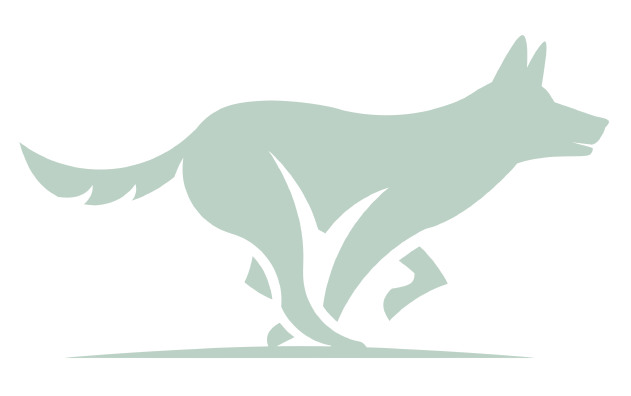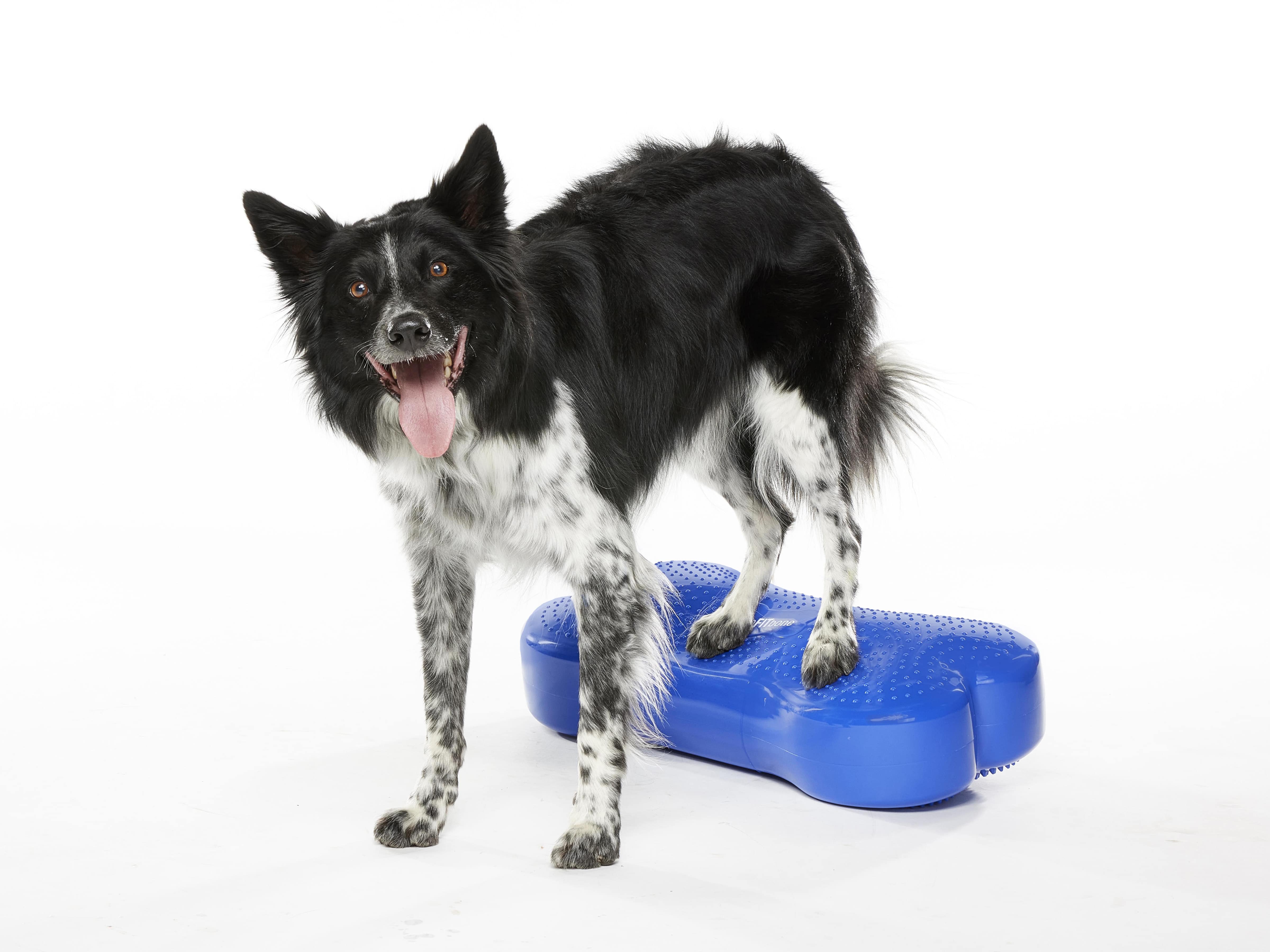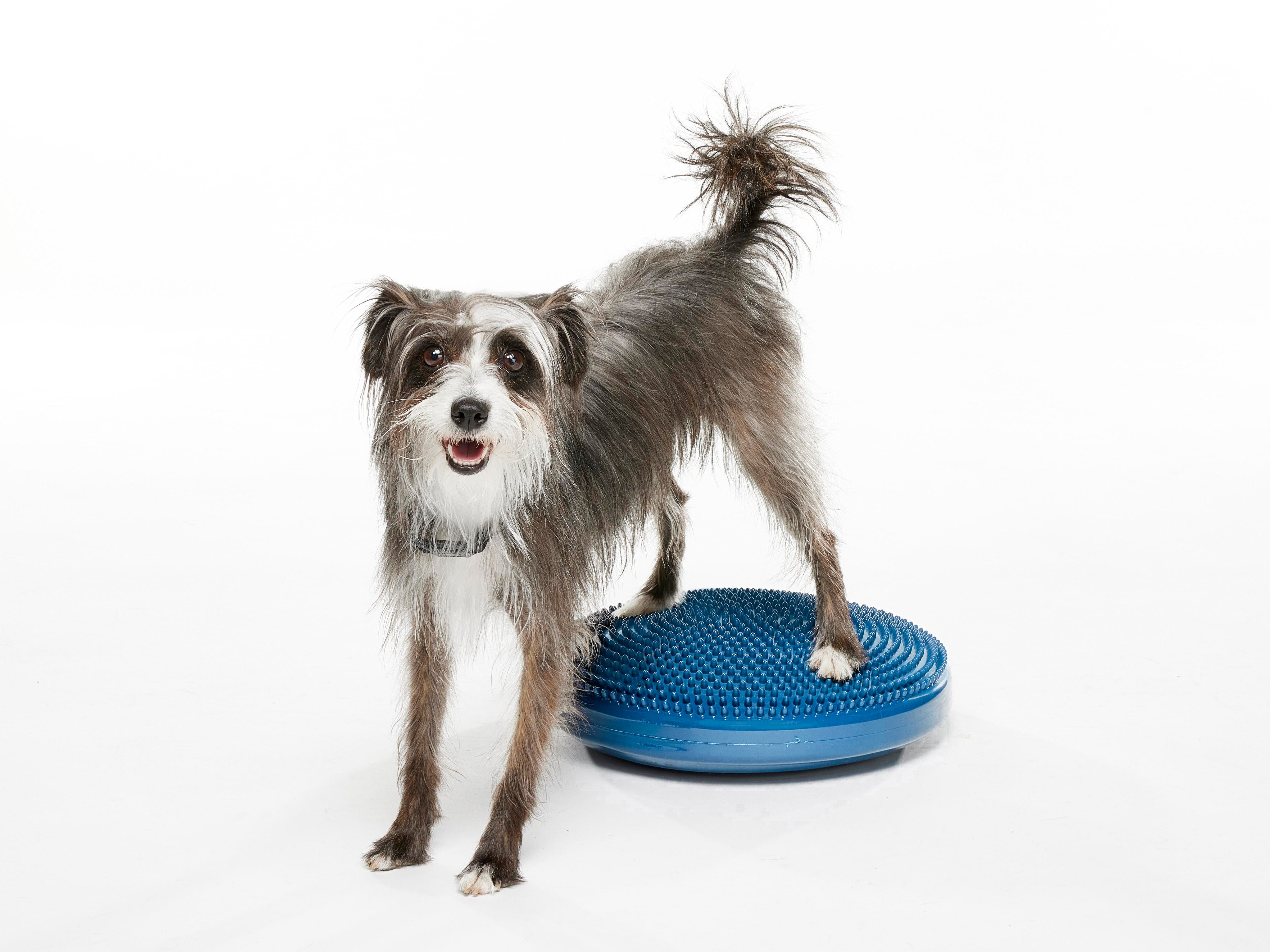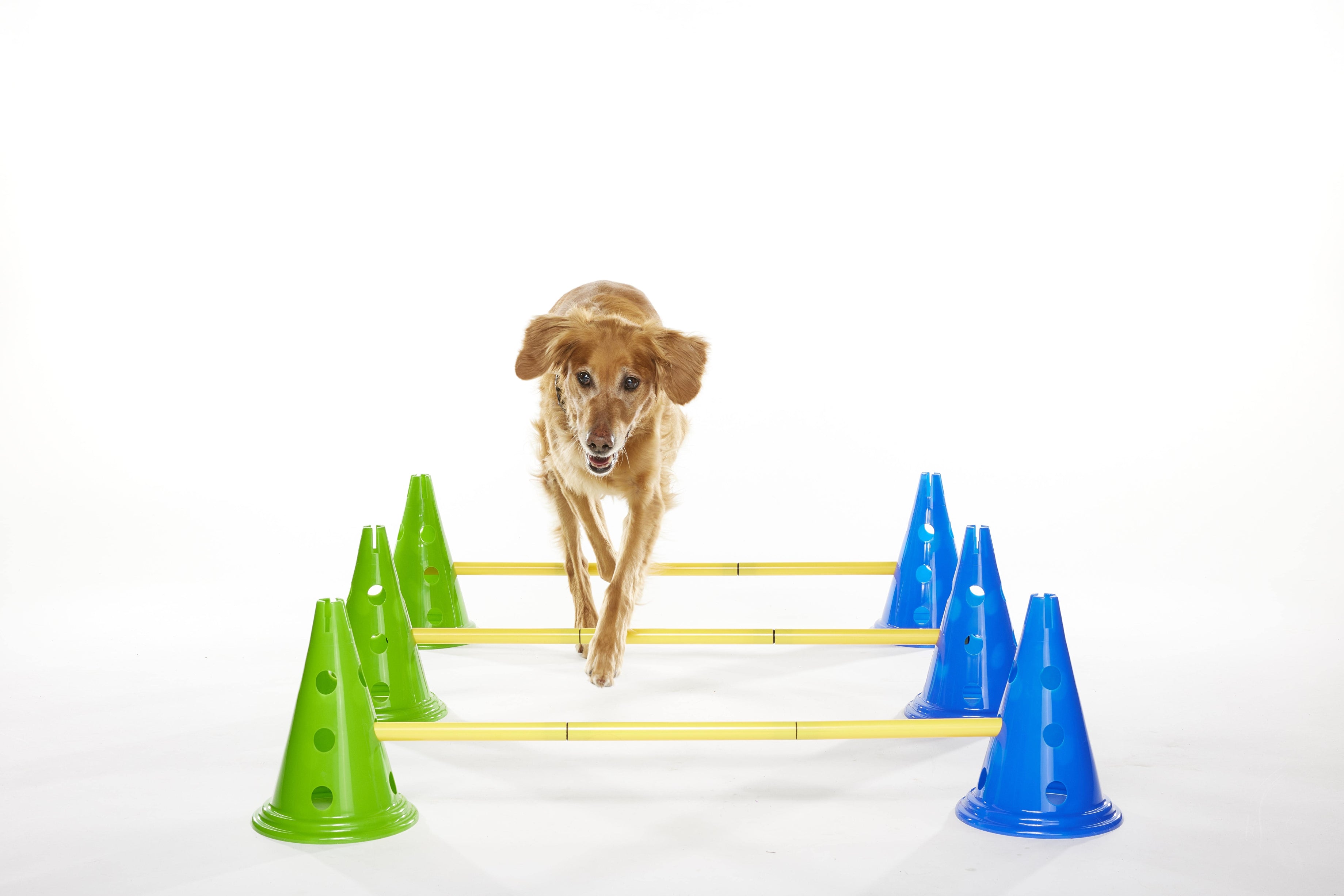Recommended by top canine fitness + rehabilitation experts worldwide
To keep dogs going strong, our canine physical training and rehabilitation tools build, sustain and improve dogs’ overall fitness so they remain healthy and agile.
Looking for the most effective exercises to keep your dog fit? We can help
Keep them strong, healthy and limber, reduce the risk of injury and obesity, and prolong their lives.
Increase their endurance and mental acuity; and reduce the risk of injury from high impact of stressors.
Improve performance, increase stamina, and decrease the probability and severity of injuries.
Speed up the recovery of muscle strains, joint injuries and TPLO surgery; reduce pain and increase mobility.
SHOP OUR BEST SELLERS
KEEP YOUR DOG STRONG, HEALTHY + MOBILE
FitPaws canine fitness equipment will give your dog the skills and agility to take on anything the day brings - work, competition or play.


BALANCE + COORDINATION
DEVELOP MOTOR SKILLS
Improve your dog's dynamic balance and limb awareness

STRENGTH + ENDURANCE
HELP THEM GO FURTHER
Build their muscles and help them to retain mobility



CONCENTRATION + BONDING
BUILD CONNECTION
Grow the trust and help them develop their ability to focus
WATCH OUR LIBRARY OF VIDEOS
GET INSPIRED
Get facts about training, find new exercises, and more!
Ready to help your pup get fit? Shop now
THEY NEED
agility, balance, conditioning, cardio + core strength.
YOU NEED
ideas, information + inspiration.
Powerful Partnerships:
We collaborate with industry-leading organizations to help ensure the ongoing health + vitality of our dogs.
purposeful Mission:
We are determined to help dogs thrive by engineering products specifically designed to meet their needs.























